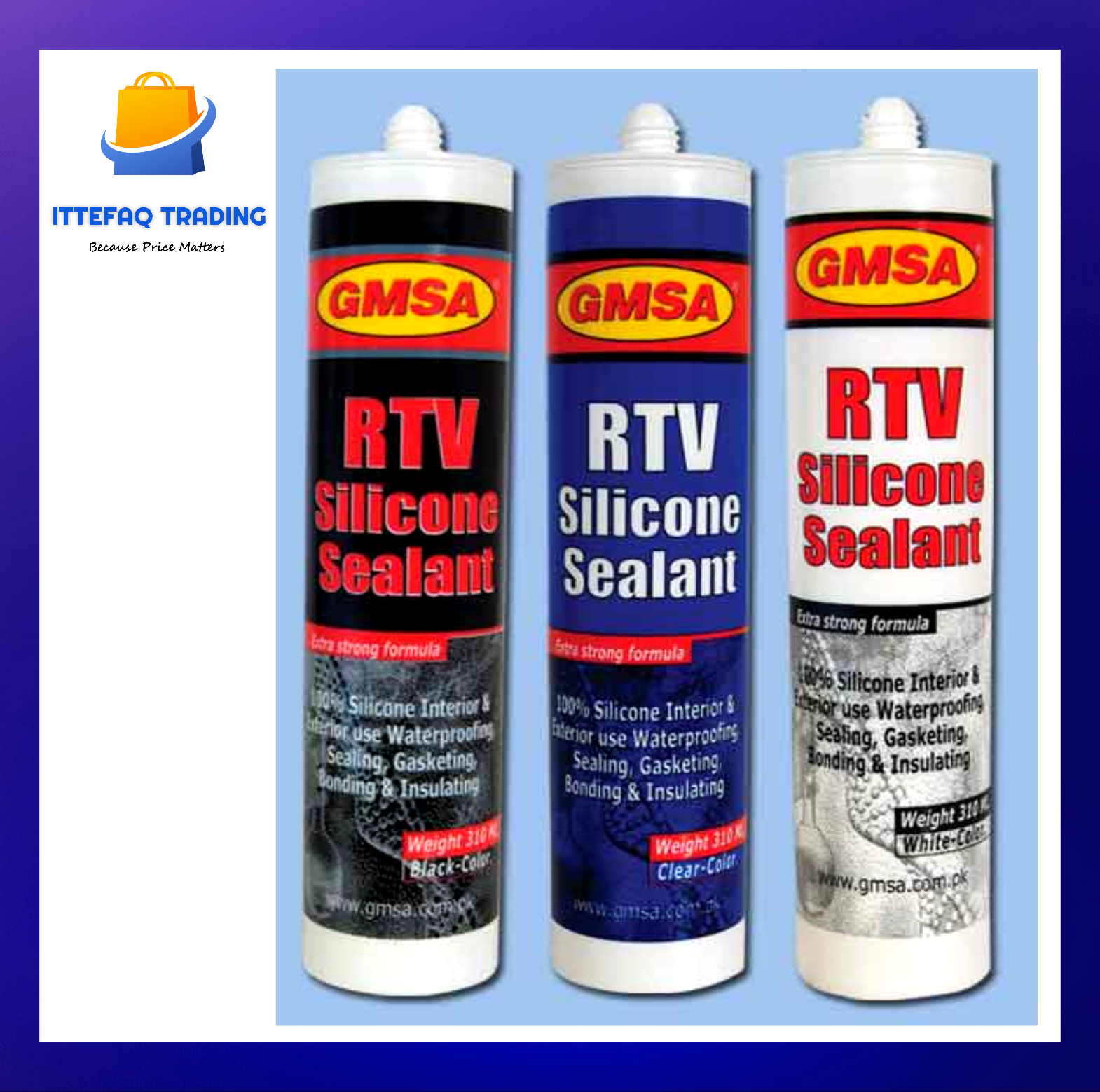Beginning with Home Repairs to Crafting, the Many Uses of Silicone Sealant Many Uses

Silicone adhesive is frequently regarded as a basic remedy for home improvement tasks, but its versatility extends significantly beyond the scope of fixing things. Whether you're repairing a leaky faucet, building a waterproof barrier in your bathroom, or even trying out creative projects, silicone sealant stands out as an essential resource. With its notable skill to withstand extreme temperatures and resist moisture, it has carved a niche for itself in both practical and artistic applications.
From sealing edges around windows and doors to creating unique art pieces, silicone sealant serves a variety of needs. Its elasticity and durability make it well-suited for a variety of materials, including plexiglass, lumber, and metal. This article will explore the many uses of silicone sealant, highlighting how it can enhance not only the places you live but also inspire artistic pursuits in creative activities.
House Fix Uses
Silicon sealant is an indispensable tool for numerous home repair projects. Its adaptability and long-lasting nature make it suitable for sealing spaces in areas that undergo fluctuations in heat and moisture. One of the most common uses is in restrooms, where it effectively seals around basins, tubs, and shower stalls, preventing fluid leaks that can lead to mold and construction damage. The waterproof nature of silicone sealant makes certain that joints stay intact even in high moisture environments.
Another crucial application is in kitchen repairs, where silicone sealant can be used to seal counter surfaces and backsplashes. This not only assists in maintaining a clean look but also shields underlying cabinets and walls from moisture damage. A well-applied bead of silicone can help keep cuisine pollutants and fluids from seeping into cracks, making it an superior choice for ensuring sanitation in a space where food is cooked.
In addition, silicone sealant is helpful for exterior applications. It can be used to seal window frames and doors, creating a barrier against drafts and water leakage. This not only improves energy performance by keeping heating and cooling costs low but also prolongs the life of the materials used. Whether sealing gaps around siding or filling joints in masonry, silicone sealant provides a dependable solution for preserving the integrity of your house against the elements.
Arts and Crafts Applications

This silicone sealant can be a flexible tool in the world of arts and crafts, providing unique solutions for different projects. Artists often use silicone sealant to create molds for casting, as it can preserve detailed details and withstand the casting process. This flexibility permits artists to reproduce objects and designs readily, making it a preferred for those working with resin, plaster, or other materials.
In addition to mold-making, silicone sealant is ideal for building mixed-media projects. Whether combining paper, wood, or fabric, this sealant fastens materials together with a robust bond that is also stretchable. This means that items such as scrapbook embellishments or custom home decor can resist wear and tear without falling apart. Its waterproof qualities also make it ideal for outdoor crafts, making sure that creations remain intact independent of the elements.
Furthermore, silicone sealant can be applied for decorative purposes, such as producing illustrations or applying textures to surfaces. Artists can control the sealant to form shapes, lines, or even 3D effects, improving visual appeal. When finished or left clear, it provides a luminous finish that can elevate any project. This adaptability in the arts and crafts realm showcases just how essential silicone sealant can be for creative expression.
Tips for Efficient Application
To secure a favorable application of silicone sealant, begin by getting ready the surface properly. Wipe the area where the sealant will be applied, eliminating any dust, grime, or old sealant. For the optimal adhesion, the surface should be dry and free of any contaminants. If necessary, use a suitable cleaner or degreaser, and let the surface to dry completely before continuing.
When applying the silicone sealant, use a caulking gun for precision. Cut the tip of the silicone tube at a 45-degree angle, which enables for better control as you use the sealant. Start at one end of the joint and shift steadily to the other end, applying an uniform bead of sealant. Avoid stopping mid-application to maintain a consistent line. If you're working on a vertical surface, consider using painter's tape to catch any excess and ensure clean lines.
At last, after application, finish the bead of sealant with a tool or your finger for a professional finish. If you choose to use your finger, it is helpful to dip it in soapy water to stop sticking. Allow fugenschmiede to cure as per the manufacturer’s instructions before exposing it to moisture or stress. This ensures a strong and lasting seal that will effectively keep out water or air as planned.
